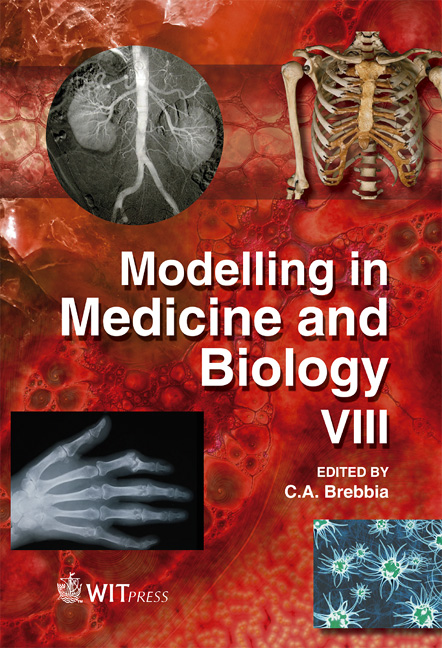Prediction Of Stent Endflare, Arterial Stresses And Flow Patterns In A Stenotic Artery
Price
Free (open access)
Transaction
Volume
13
Pages
12
Page Range
27 - 38
Published
2009
Size
1,295 kb
Paper DOI
10.2495/BIO090031
Copyright
WIT Press
Author(s)
M. R. Hyre1, R. M. Pulliam2 & J. C. Squire1
Abstract
Restenosis remains a significant problem in coronary intervention. While stent migrations, collapses, and positioning difficulties remain serious issues, it is the problem of restenosis that is the most common long term problem in treating atherosclerotic coronary arteries with stents. While much attention has focused on biocompatibility, thrombosis and neointimal pathology, less attention has been given to matching stents to the inflation balloon, artery and occlusion size. Results from this study indicate a 100% increase in balloon overhang results in a 4% increase in maximum endflare and a 39% change in peak arterial stress. At the end of expansion, which is of the most clinical importance, the increase in maximum endflare is 2% and the increase in maximum arterial stress is 93% at the balloon point of contact and 45% at the point of contact with the far proximal and distal ends of the stent. When comparing the results of calcified and cellular plaque, a maximum endflare of about 55% was observed for both the calcified and cellular plaque cases during expansion. At the end of expansion the increase in maximum endflare was 10% for the cellular plaque and 40% for the calcified plaque. The peak equivalent stress seen by the artery was about 100% larger in the cellular case than in the calcified plaque case. Keywords: stent, vascular injury, balloon, restenosis, finite element analysis.
Keywords
stent, vascular injury, balloon, restenosis, finite element analysis.





